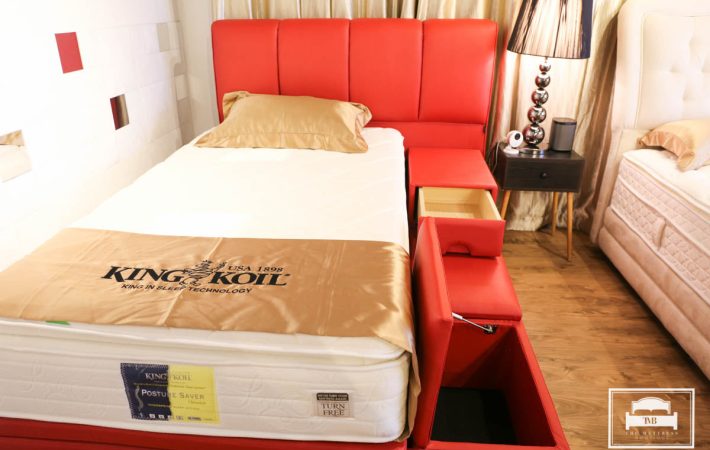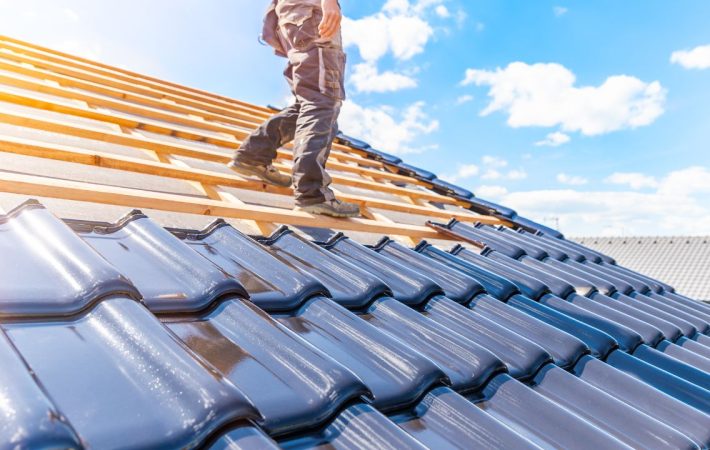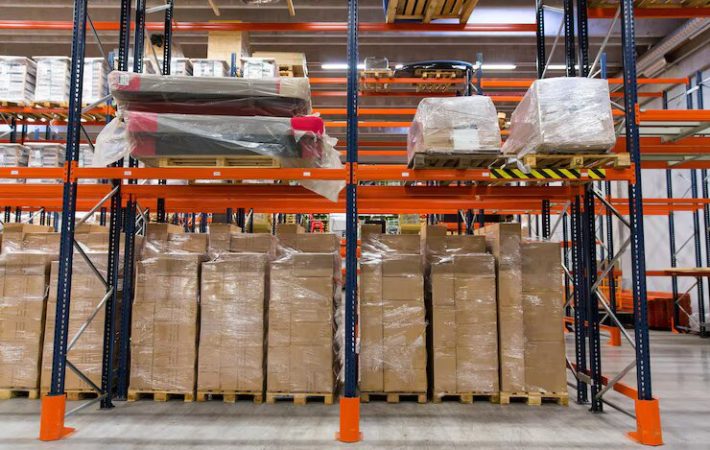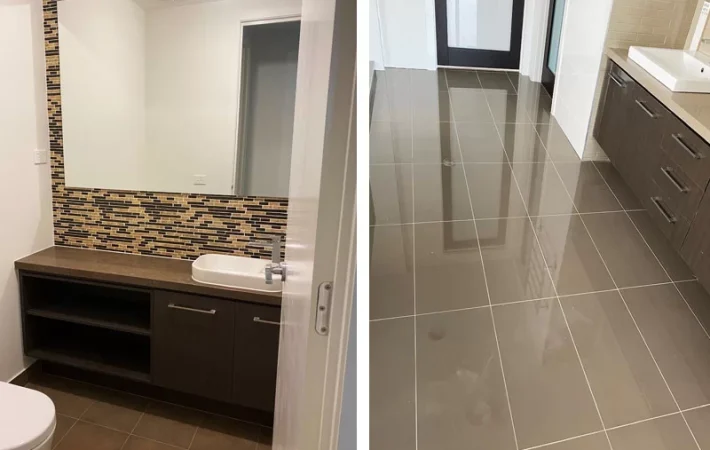Balconies are an essential part of many Singaporean homes and offices, providing valuable outdoor space for relaxation, storage, or even gardening. However, given Singapore’s tropical climate, which features frequent heavy rainfall and high humidity, balconies are particularly vulnerable to water damage. This can lead to leaks, mold growth, and structural issues if not addressed properly. That’s where professional balcony waterproofing service in Singapore comes in. In this step-by-step guide, we’ll walk you through the entire process of balcony waterproofing, highlighting how a professional service can protect your property and keep your balcony in top condition.
Step 1: Initial Consultation and Inspection
The first step in the waterproofing process is an initial consultation with a professional waterproofing specialist. During this phase, the specialist will assess the condition of your balcony, identify any existing water damage, and determine the areas most vulnerable to water intrusion.
What to Expect:
- Assessment of Visible Damage: The specialist will examine your balcony for signs of water damage, such as cracks, staining, or pooling water.
- Evaluation of Drainage System: The drainage system is critical in preventing water buildup. The specialist will check the current drainage setup to ensure it’s working properly.
- Identification of Vulnerable Areas: The specialist will identify any spots where water is likely to seep in, such as joints, corners, or poorly sealed areas.
This thorough inspection allows the professional to provide a tailored waterproofing solution based on the specific needs of your balcony.
Step 2: Surface Cleaning and Preparation
Before any waterproofing materials are applied, the balcony surface must be properly prepared. This involves cleaning and clearing the area to ensure the waterproofing system will adhere effectively and provide lasting protection.
What Happens During This Step:
- Cleaning: The surface is cleaned of dirt, debris, and any old waterproofing materials that may have degraded over time. This ensures a smooth, clean surface for the new waterproofing system.
- Repairing Cracks and Holes: If any cracks or holes are present in the balcony flooring, they will be sealed and repaired. This is crucial to prevent water from seeping through these gaps.
- Smoothing Surfaces: The balcony surface is smoothed to ensure an even application of the waterproofing materials. Any rough spots are sanded down to prevent complications during the application.
Proper preparation ensures that the waterproofing solution will be applied effectively, providing maximum protection for your balcony.
Step 3: Application of Waterproofing Membrane
After the balcony surface is properly prepared, the next step is the application of a waterproofing membrane. This is one of the most important stages in the process, as the membrane forms the first line of defense against water intrusion.
Types of Waterproofing Membranes:
- Liquid Membranes: A liquid membrane is often applied to create a seamless, flexible, and durable barrier. It is ideal for complex surfaces with joints and edges, providing complete coverage without gaps.
- Cementitious Coatings: This type of waterproofing is applied as a slurry and is great for areas like foundations and basement balconies. It forms a strong, water-resistant barrier.
- Polyurethane Coatings: Known for their flexibility, polyurethane coatings are ideal for balconies with constant movement, such as those exposed to high foot traffic.
The balcony waterproofing service will choose the appropriate membrane based on the specific needs of your balcony, ensuring that it remains waterproof for years to come.
Step 4: Installation of Drainage Solutions
A well-designed drainage system is vital in preventing water from pooling on the balcony. If water is allowed to accumulate, it can eventually seep through the waterproofing membrane, leading to damage.
Key Drainage Solutions:
- Improved Drainage System: If the current drainage system is not sufficient, the waterproofing specialist will install or upgrade it. This can include adding additional drain outlets or ensuring that existing drains are clear and functional.
- Slope Adjustment: The professional may also adjust the slope of the balcony floor to ensure that water flows away from the building and toward the drains, preventing pooling.
- Protection of Drainage Outlets: The drainage outlets will be sealed and protected to prevent clogging and ensure water is efficiently directed away from the building.
By improving drainage, the waterproofing specialist ensures that water is effectively managed and cannot accumulate on the balcony, protecting the integrity of the structure.
Step 5: Curing and Drying Time
Once the waterproofing membrane and drainage systems are in place, it is essential to allow time for the materials to cure and set properly. This phase is crucial to ensure that the waterproofing is strong and long-lasting.
What to Expect During Curing:
- Curing Time: Depending on the materials used, the curing process can take anywhere from a few hours to several days. During this time, the waterproofing materials harden and bond with the surface, creating a durable, waterproof layer.
- Final Inspection: Once the curing process is complete, the specialist will conduct a final inspection to check that the waterproofing has been applied correctly and that there are no gaps or weak points.
This step ensures that the waterproofing system is fully functional and ready to protect your balcony from water damage.
Step 6: Final Inspection and Quality Assurance
The final inspection is an essential step in the balcony waterproofing process. The waterproofing specialist in Singapore will ensure that the work has been done to the highest standards and that the balcony is fully protected.
What Happens During the Final Inspection:
- Check for Proper Waterproofing: The specialist will check all areas of the balcony to ensure the waterproofing membrane has been applied evenly and completely.
- Testing for Water Resistance: In some cases, the professional may perform a water test to verify that the waterproofing is effective and that no water is seeping through.
- Cleaning and Touch-ups: Any leftover debris is cleaned up, and any small touch-ups or adjustments are made to ensure the balcony looks neat and is fully functional.
Once the final inspection is complete, you can be confident that your balcony is well-protected from water damage and will remain in excellent condition for years to come.
Step 7: Ongoing Maintenance and Care
After the waterproofing service is completed, ongoing maintenance is key to ensuring that the protection lasts. While professional waterproofing is a long-lasting solution, regular checks and maintenance will help keep your balcony in optimal condition.
Ongoing Care Includes:
- Regular Inspections: Have your balcony inspected periodically by a professional to catch any potential issues early on.
- Cleaning and Drainage Checks: Ensure that drainage systems are not clogged and that the balcony surface remains free from debris that could affect water flow.
- Reapplication of Membranes: If necessary, the waterproofing membranes may need to be reapplied after several years to maintain their effectiveness.
Routine maintenance can extend the lifespan of your balcony’s waterproofing system and ensure that your property remains protected from water damage for years to come.
Conclusion
Balcony waterproofing is a vital investment in protecting your property from the damaging effects of water infiltration. By following a professional balcony waterproofing service, you can prevent structural damage, mold growth, and the deterioration of your outdoor space. From the initial inspection to final maintenance, the entire process is designed to ensure that your balcony remains dry and durable, even in Singapore’s challenging climate. If you’re looking for expert balcony waterproofing solutions, visit Allseal Waterproofing for high-quality service that protects your property for the long term.







Leave a comment
Your email address will not be published. Required fields are marked *